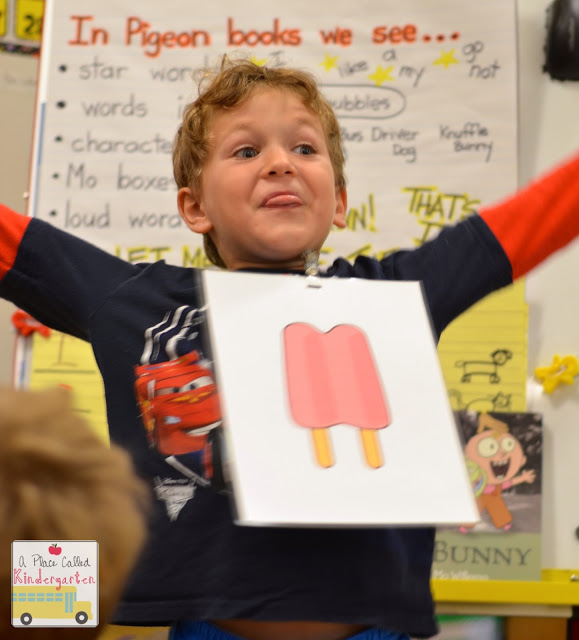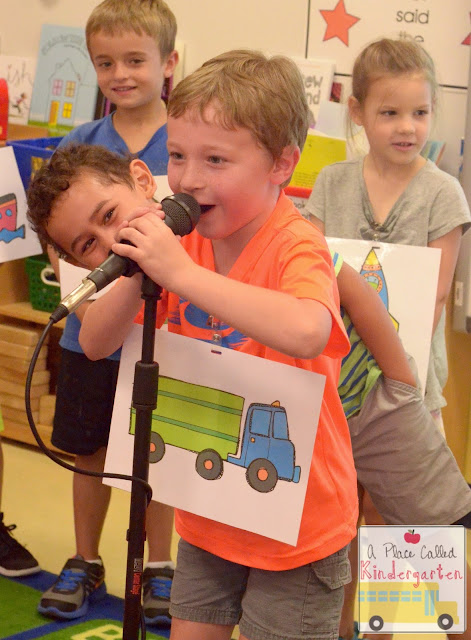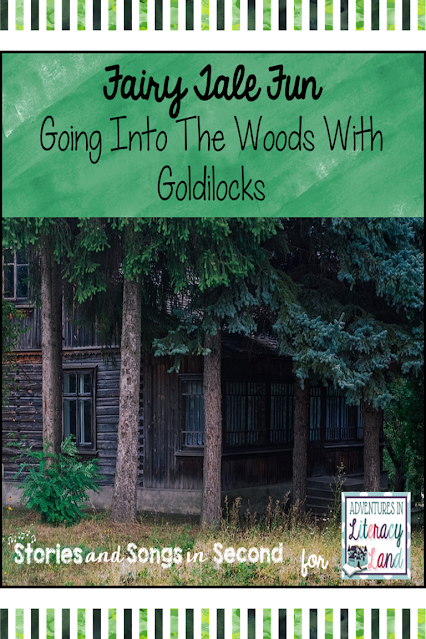Greetings Royal Reading Fans!
It's Jennifer from
Stories and Songs in Second here to share some ideas about how to use a few different versions of one of my favorite stories to shake up your fairy tale unit this year! I just love using folk and fairy tales as mentor texts for teaching a variety of literacy skills like character
point-of-view, vocabulary, story structure, compare/contrast and story sequence.
FAIRY TALE FUN
Graphics by Pixabay, Paula Kim Studio, A Little Peace of Africa & KG Fonts
Last year, I discovered the "twisted tale" picture book series written by Nancy Loewen and illustrated by Tatevik Avakyan that offers young readers a new, modern, and humorous perspective of "the other side of the story!"
FRACTURED FAIRY TALES
The focus of my post today is
Believe Me, Goldilocks Rocks!--The Story of The Three Bears as Told by Baby Bear, and how it contrasts to two other favorite versions of this classic tale. The story is told from Baby Bear's point-of-view and casts a more positive light on the actions of Goldilocks than the traditional tale. The tone of the story is set when Baby Bear introduces himself as "Sam," and insists on not being called small, wee, or tiny. He also confesses that he just hates porridge, and would rather that Mama Bear serve breakfast burritos. He goes on to insist that Goldilocks is one of his best buddies, and certainly not the unwelcome house intruder everyone thinks she is. He explains that she entered his house on a dare from Little Red Riding Hood--hereby referred to as "Little Miss Hoodie"--and was just going to stay long enough to snap a few cell phone pictures as proof and then be on her way. Hilarious hijinks and lots of jumping on different-size beds ensue, with Sam and Goldie eventually exchanging phone numbers as she escapes through the forest.
COMPARE AND CONTRAST DIFFERENT VERSIONS OF THE SAME STORY
After sharing this "fractured" version of the Goldilocks fairy tale, I read Jan Brett's beautifully illustrated and traditionally-told
Goldilocks and the Three Bears aloud to my students. Together we compare and contrast the characters, events, problems, and solution. We practice retelling the story using story stick puppets and use the fun poem I wrote as a reader's theater and/or choral reading activity to help my students practice reading with fluency and expression.
RETELL THE STORY WITH STICK PUPPETS
BUILD FLUENCY WITH PLAYS AND POEMS
The last picture book I introduce to my class is Alma Flor Ada's
Yours Truly, Goldilocks, which is a collection of correspondences between Goldilocks and some of her best friends who live in the Hidden Forest. It begins with an invitation from Pig One, Pig Two, and Pig Three who would like her to attend their upcoming house warming party. Little Red Riding Hood, Baby Bear, and Peter Rabbit have all RSVP'd as well, unaware that Wolfy Lupus an his cousin, Fer O'Cious, are planning to arrive at the party unannounced! Thank goodness Mama Bear comes to the rescue of the invited guests just in time!
This book is a great way to introduce or review proper friendly letter format to your young writers, and you can use the blank templates included in this
FREEBIE I created to help them respond to the story.
ENJOY ANOTHER FAIRY TALE FREEBIE!
I hope that your students enjoy this non-traditional, and engaging exploration of
Goldilocks stories
! Fairy tales are rich in language and such a great way to expand student vocabulary. Click
{HERE} to see this literacy pack that features literacy enrichment activities for the three stories featured in this post.
EXPLORE MORE OF THE WOODS WITH GOLDILOCKS
Be sure to check out my Pinterest board for more ideas on how to incorporate this fun and fascinating genre into your language arts lessons as well!
Stop by to check out my posts AND subscribe to my weekly newsletter!
May all of your reading and writing lessons always have happy endings!






















